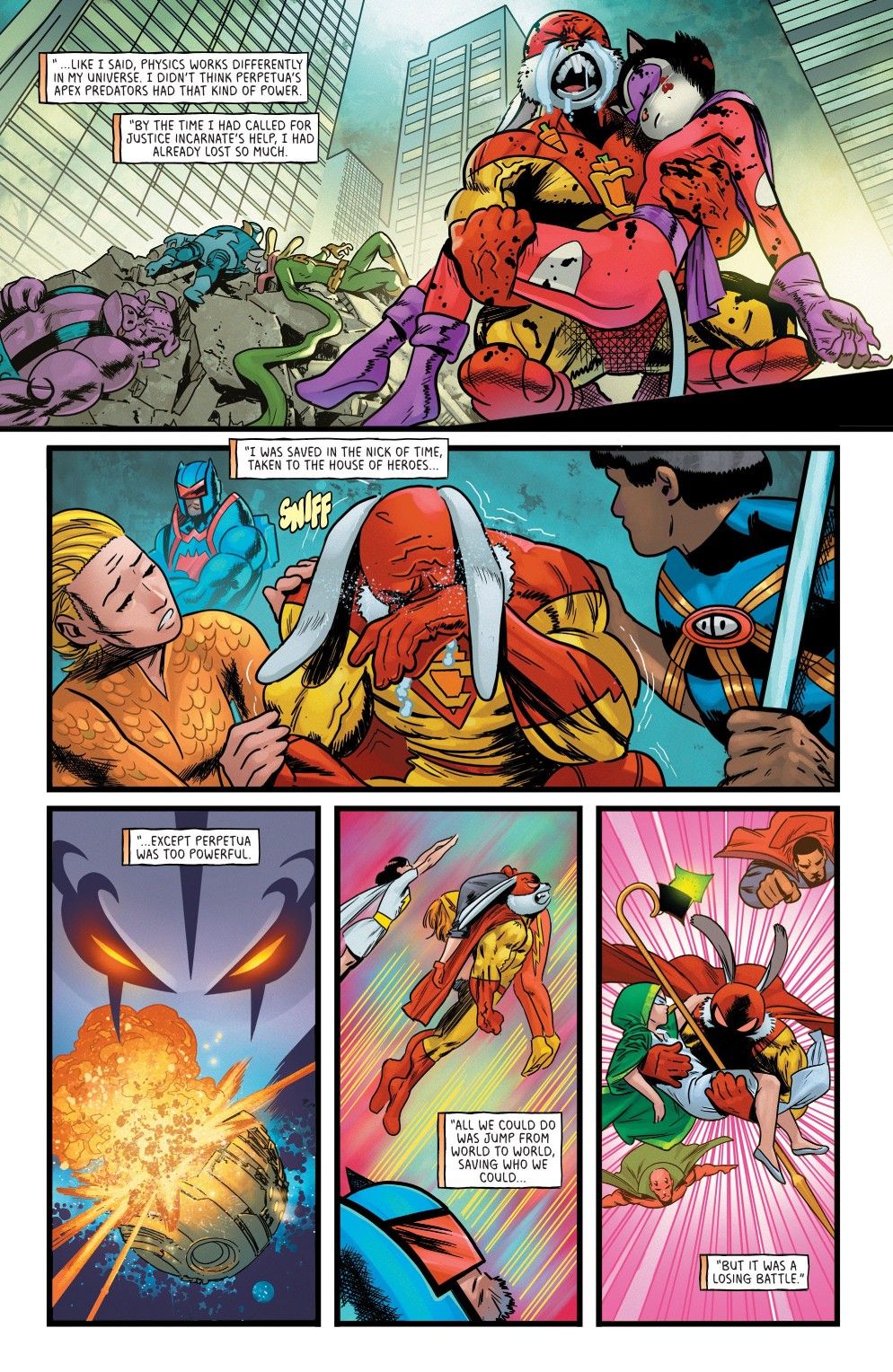A Hollywood Golden Age Film Critic: Re-evaluation And Rediscovery

Table of Contents
The Context of Golden Age Film Criticism
The Rise of Film as an Art Form
The Hollywood Golden Age (roughly 1927-1960) witnessed a significant shift in the perception of film. Initially viewed as mere entertainment or a novelty, cinema gradually gained acceptance as a legitimate art form. This transition was fueled by several factors. Key figures like Sergei Eisenstein, with his groundbreaking montage techniques, and directors like D.W. Griffith, who pushed narrative boundaries, helped elevate film's artistic credibility.
- Early film societies: These organizations championed film as an art form, fostering intellectual discussions and appreciation.
- The influence of literary critics: Many respected literary critics began writing about film, lending their intellectual weight to its artistic legitimacy.
- The growing prestige of film festivals: Events like the Venice Film Festival elevated film to a level comparable to other established arts, showcasing masterpieces and fostering international dialogue.
The Power of the Press
The power of the press in shaping public opinion about films during the Golden Age cannot be overstated. Prominent newspapers and magazines wielded significant influence, their reviews capable of making or breaking a movie's success. Influential film critics became gatekeepers, their opinions shaping public perception and impacting box office revenue.
- Key publications (e.g., The New York Times, Variety): These publications, and others like The Hollywood Reporter and Film Daily, held considerable sway over audience opinion, with critics like Bosley Crowther (New York Times) becoming household names.
- The impact of reviews on box office success: A glowing review in a major publication could translate to increased ticket sales, while a scathing critique could severely damage a film's prospects.
- The rise of syndicated film columns: The widespread distribution of syndicated columns broadened the reach of film critics, amplifying their influence across the country.
Key Figures and Their Critiques
Representative Critics and Their Styles
Several critics emerged as dominant voices during the Golden Age, each with a distinct style and approach. Bosley Crowther, for instance, was known for his sometimes conservative and moralistic critiques in The New York Times. Conversely, James Agee, writing for The Nation, offered more poetic and nuanced reviews, emphasizing the emotional impact of films. Another significant voice was Pauline Kael, whose work bridged the Golden Age and the New Hollywood era, known for her sharp wit and insightful social commentary.
- Examples of their reviews and their stylistic choices: Analyzing Crowther's formal style contrasts sharply with Agee's lyrical prose, illustrating the diverse critical voices of the time.
- Their impact on the film industry and public perception: These critics helped shape the types of films produced and the ways audiences viewed them.
- Their critical biases and limitations: It's important to acknowledge the inherent biases – often rooted in social and cultural norms of the time – present in their writings.
Forgotten Voices and Underrepresented Perspectives
The landscape of Golden Age film criticism was not uniformly representative. The contributions of female critics and critics from marginalized communities remain largely overlooked. Understanding their experiences and perspectives requires a reevaluation of the existing historical narrative. Research is uncovering the challenges they faced and the unique contributions they made.
- Research into underrepresented critics: Scholars are actively unearthing the work of previously neglected critics, bringing their voices to light and enriching our understanding of the era.
- Challenges faced by women and minority critics: These critics often faced significant barriers to entry and professional recognition in a male-dominated field.
- Reinterpreting reviews through a modern lens: Considering the social and political context of the time is crucial to understanding the limitations and biases present in Golden Age criticism.
Enduring Legacy and Modern Relevance
The Influence on Modern Film Criticism
The legacy of Golden Age film criticism extends to the present day. Many of the methodologies and critical approaches developed during that era continue to inform contemporary film analysis. While the platforms and formats of film reviewing have evolved, the core principles of insightful observation, contextual analysis, and thoughtful interpretation remain essential.
- Comparison of critical methodologies across eras: Tracking the evolution of critical approaches highlights the continuities and shifts in film analysis across different periods.
- The evolution of film reviewing platforms: From newspaper columns to online blogs and podcasts, the dissemination of film criticism has transformed dramatically, yet the need for insightful and engaging critique persists.
- The continuing relevance of certain critical perspectives: Certain critical perspectives from the Golden Age, particularly regarding genre conventions and social commentary, continue to hold value today.
Reinterpreting Classic Films Through a Modern Lens
Revisiting the reviews of Golden Age critics can offer valuable insights into classic films. Their perspectives, though rooted in their time, provide a unique lens through which to understand the films' social, cultural, and artistic significance. This reassessment allows for a fresh appreciation of both the films and the critical frameworks used to analyze them.
- Examples of films that benefit from re-evaluation: Many classic films can be viewed anew through the lens of Golden Age critiques, enriching their appreciation and highlighting previously overlooked details.
- The impact of social and cultural context on film interpretation: Understanding the societal norms and expectations of the Golden Age is vital to interpreting both the films and the critical responses they received.
- The evolving standards of film criticism: Comparing the critical standards of the Golden Age with those of today reveals shifts in societal values and artistic appreciation.
Conclusion
Re-evaluating the work of Hollywood Golden Age film critics allows us to gain a deeper appreciation for both the films of that era and the evolution of cinematic criticism itself. By rediscovering these influential voices and their insightful critiques, we can enhance our understanding of classic cinema and its lasting legacy. To delve further into this fascinating subject, explore the archives of major newspapers and film magazines from the Golden Age and engage with scholarly articles exploring the history of film criticism. Continue your journey into the world of Hollywood Golden Age film critics – their words continue to resonate today.

Featured Posts
-
 Ufc News Jon Jones Silences Tom Aspinall With Sharp Criticism
May 30, 2025
Ufc News Jon Jones Silences Tom Aspinall With Sharp Criticism
May 30, 2025 -
 Marvel And Sinner A Guide To Post Credits Scenes And Their Importance
May 30, 2025
Marvel And Sinner A Guide To Post Credits Scenes And Their Importance
May 30, 2025 -
 V Tolyatti Sostoitsya Otkrytiy Seminar Russkoy Inzhenernoy Shkoly
May 30, 2025
V Tolyatti Sostoitsya Otkrytiy Seminar Russkoy Inzhenernoy Shkoly
May 30, 2025 -
 Country Diary Foraging For The Carrots Roastable Cousin
May 30, 2025
Country Diary Foraging For The Carrots Roastable Cousin
May 30, 2025 -
 Reembolsos Ticketmaster Proceso Paso A Paso Tras La Cancelacion Del Axe Ceremonia 2025
May 30, 2025
Reembolsos Ticketmaster Proceso Paso A Paso Tras La Cancelacion Del Axe Ceremonia 2025
May 30, 2025
